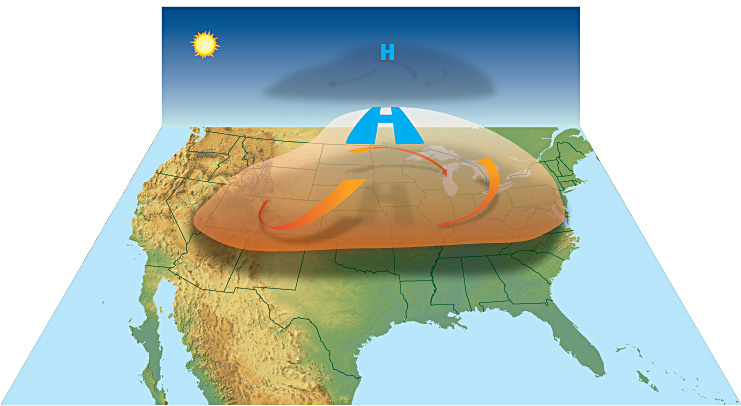Running and Friendly Links
Share this page!
Effects of Heat on Running Performance
Perspiration, Pacing, and Hydration are the Keys to Performance

“That which does not kill us makes us stronger.”
-- Friedrich Nietzsche
For runners, Fred’s savvy quote is all too true when it comes to the summer heat. As winter’s cold weather ebbs and summer’s heat creeps up, most of us adjust our schedule to train early in the morning or late in the day. Others take to the gym to trot on the dreadmill in the air conditioning. The gym may not be the best solution; we need to acclimate as the heat increases. If we were dancing, the heat should lead and we should follow.
It is possible to run and race well in the heat and humidity but we must train for it realistically. For example, Portuguese distance runner Maria Fernanda Ribeiro went so far as to set an Olympic 10K record in the 1996 Atlanta Olympics. She ran a blistering 31:01.63 in weather conditions of 82° and 60% humidity. While these conditions might be the norm for Texas runners, it might be considered extreme for our northern brethren.
To understand why performance diminishes as the heat rises, consider that muscle movement produces heat. When we are inactive in cool weather that is a good thing. When running in cold weather it is also good to a certain extent. But as the weather (and consequently our bodies) warm up, more blood goes to the surface of our skin to cool off. This means less blood is carrying oxygen to our working muscles.
Let’s take a look at how the effects change as the mercury begins to rise.
50° to 59°
This is a comfortable temperature range once we are warmed up, yes? But Matthew Ely, an exercise physiologist, conducted a study on marathon runners in different temperature ranges and came away with some interesting observations.
Elite runners lost 1 to 2 minutes over the course while men whose median regular times were in the 3 hour range slowed down by 4 to 8 minutes. Note that in this study, the 50° to 59° range was measured at the beginning of the race. How high it rose was not taken into consideration.
60° to 69°
On the down side, this is where running starts to become less comfortable. On the upside, this is also where your body begins to adapt to the heat in order to handle it more efficiently.
- Your blood plasma volume begins to expand. This allows for more blood to migrate to your skin for cooling purposes while leaving more to feed oxygen to your muscles.
- You begin to sweat earlier than at cooler temperatures, but you retain more sodium rather than losing it through perspiration. Conservation of electrolytes is a good thing.
- Your heart rate slows a bit, allowing your heart to fill more completely between beats; this way it can deliver more blood to your skin and muscles.
70° to 79°
Matthew Ely’s study showed that in this temperature range, elite marathoners lost 3 minutes while slower runners lost around 20 minutes. Another observation was that beginning in this range women fared far better than men. The implication is that since women are smaller than men they have a larger surface-to-mass ratio, allowing them to stay cooler. Tim Noakes reached this conclusion when he conducted an 8K treadmill study with the temperature at 90°.
80° to 89°
In this range, you are generating more heat than sweat evaporation can compensate for. The higher the humidity is, the worse the situation is because evaporation diminishes. In a race, in order to go the distance, the best option is to slow down. During training runs it is prudent to take breaks so that the running you actually do is productive.
90° and Above
These temperatures aren’t comfortable for anyone, and in a race, can be dangerous for those who haven’t trained properly. The best strategy is to keep a reasonable pace (wear a heart rate monitor if you are not good at perceived effort.)
Be sure to stay well hydrated with a drink that contains electrolytes. Good choices are Gatorade, Powerade, Pedialyte, and other more specialized concoctions.
The important take-away from this article is that excessive heat is not only uncomfortable, but it can also be dangerous. You should be alright if you adapt over time as the yearly heat arrives. However, if you find yourself on a trip to warmer climes than you are used to and want to go out for your daily run, prepare to exercise common sense and take it easy. Finally, hydrate, hydrate, hydrate.
Recommended Related Articles
- Running in the Heat and Humidity
- Best Tips for Spring and Summer Trail Running
- Track Fitness Progress with a Running Log
- Tim Noakes Ten Laws of Running Injuries: Law One
Website © 2010 KSmith Media, LLC; all rights reserved.












